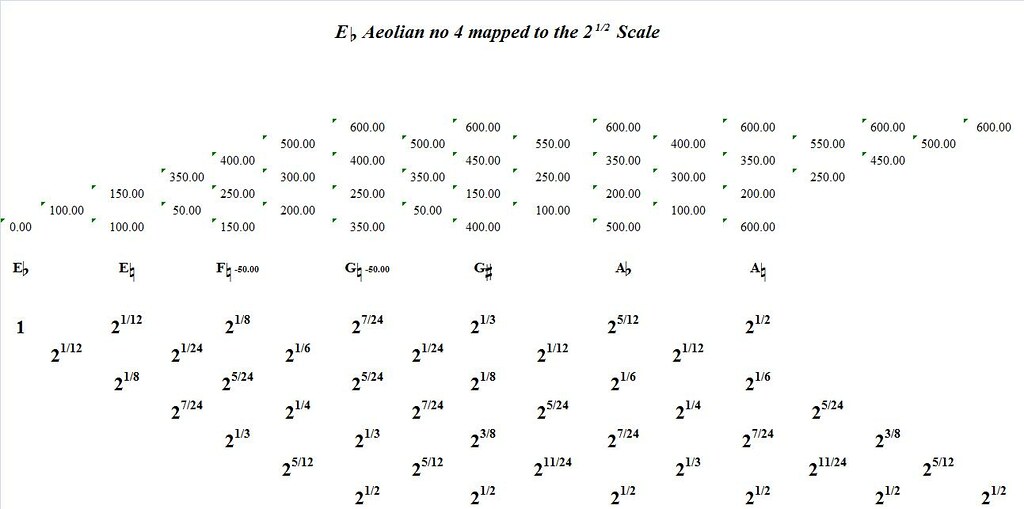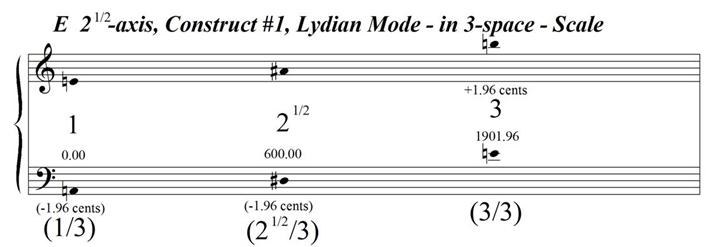 Albert Ayler
Albert Ayler:
Holy Ghost box set [disc 1]. 2004.
Revenant Records:
213.
Herbert Katz Quintet - June 30, 1962, Helsinki, Finland
Herbert
Katz: guitar
Albert
Ayler: tenor saxophone
Teuvo Suojarvi: piano
Heikki Annala: bass
Martti Aijanen: drums
Cecil Taylor Quartet - November 16, 1962, Copenhagen, Denmark
Cecil Taylor: piano
Jimmy Lyons: alto saxophone
Albert
Ayler: tenor saxophone
Sunny Murray: drums
Albert
Ayler Trio - June 14, 1964 - Cellar Cafe, New York City
Albert
Ayler: tenor saxophone
Gary Peacock: bass
Sunny Murray: drums
The first disc from the excellent
Holy Ghost box set is a frequent aural companion in the rotation. One that unfolds the great
Ayler narrative as a mild mannered tenor saxophone player treading in hotel lounge territory before finding his own voice as a fire-breathing, free improviser with the forces of Sunny Murray and Gary Peacock to back him up. Along the way is this curious and unbelievably compelling stint with Cecil Taylor. Clearly, the world lost
Ayler much too soon. What documentation we have makes a sustained case for unflinching honesty in honing a uniquely personal sound.
 Doctor Nerve
Doctor Nerve:
Armed Observation/Out To Bomb Fresh Kings. 1987/1984:
Cuneiform Rune:
38X.
Nick Didkovsky: guitar, composer,
tipleSamm Bennett: percussion
Doug Brown: electric bass
Anne
Brudevold: violin
Lucian Burg: saxophone
Brian Carter: drums
Don Davis: tenor saxophone
Dave Douglas: trumpet, piano
Yves Duboin: soprano saxophone
Brian Farmer: drums
Mike Leslie: electric bass
Bill
Lippencott: saxophone
Joachim
Litty: saxophone
Michael Lytle: bass clarinet
Steve MacLean: electric bass
James
Mussen: drums
Kyle Sims: electric bass
Marc Wagnon: vibraphone
Chuck
Verstraeten: trombone
Nick
Didkovsky -- and by extension his long-running Doctor Nerve -- are a necessary part of the "Downtown" ecosystem. A band that explores the excesses and mathematically jagged-yet-pure sonic pulse of progressive rock that draws upon the fertile talents of New York's
avant jazz music scene. In other words: exquisite. This re-issue of Doctor Nerve's early efforts is essential listening for any ears tracking the New York sound over the past few decades. It's also fiercely kinetic and rewarding listening.
How is it that
uncompromisingly angular lines and aggressively odd meters is regarded as a formula for alienating listeners? With Nick
Didkovsky leading the way, his push toward algorithmic structure and thorny rhythms never comes close to antiseptic in its realization of a music that rocks with plenty of feel around every odd bend and turn. The thick texture of math and substance is delicious ear and brain candy.
 Sylvie Courvoisier
Sylvie Courvoisier:
Signs and Epigrams. 2007.
Tzadik:
TZ 8033.
Sylvie
Courvoisier: piano
The presence and deliberate approach to the piano that marks a live Sylvie
Courvoisier experience is evident in this solo recording. Each tangling within the innards of the piano, struck keys or articulated line bears that aggressive force that makes up
Courvoisier's sound. The chance to hear her improvisations and crafted compositional ideas in this documented presentation is a welcome splash against the ears. Even the shortest pieces on this disc display the intensity of concentration and focus upon the form and overall sound. A fascinating pianist that turns up surprises with each listening and each sonic encounter.


 Billy Bang: Vietnam: The Aftermath. 2001. Justin Time Records: Just 165-2.
Billy Bang: Vietnam: The Aftermath. 2001. Justin Time Records: Just 165-2. Laurie Anderson: Life On A String. 2001. Nonesuch: 79539-2.
Laurie Anderson: Life On A String. 2001. Nonesuch: 79539-2. X.0.4: Cataracts. 2008. Ecstatic Peace!: E#105d (LP)
X.0.4: Cataracts. 2008. Ecstatic Peace!: E#105d (LP)
 Thomas Helton/Carol Morgan & Janel Leppin/Anthony Pirog @ The Red Room, Baltimore, MD
Thomas Helton/Carol Morgan & Janel Leppin/Anthony Pirog @ The Red Room, Baltimore, MD

 Albert Ayler: Holy Ghost box set [disc 1]. 2004. Revenant Records: 213.
Albert Ayler: Holy Ghost box set [disc 1]. 2004. Revenant Records: 213. Doctor Nerve: Armed Observation/Out To Bomb Fresh Kings. 1987/1984: Cuneiform Rune: 38X.
Doctor Nerve: Armed Observation/Out To Bomb Fresh Kings. 1987/1984: Cuneiform Rune: 38X. Sylvie Courvoisier: Signs and Epigrams. 2007. Tzadik: TZ 8033.
Sylvie Courvoisier: Signs and Epigrams. 2007. Tzadik: TZ 8033.
 Anthony Braxton: 9 Compositions (Iridium) 2006 [disc 4]. 2006: Firehouse 12 Records: FH12-04-03-001.
Anthony Braxton: 9 Compositions (Iridium) 2006 [disc 4]. 2006: Firehouse 12 Records: FH12-04-03-001. Ludwig van Beethoven: The Symphonies [disc 3]. Recorded in 1994 and 1995. The International Music Company: 205298-305.
Ludwig van Beethoven: The Symphonies [disc 3]. Recorded in 1994 and 1995. The International Music Company: 205298-305. Ludwig van Beethoven: The Complete Quartets [disc 2]. Recorded in 1989. Delos: DE 3032.
Ludwig van Beethoven: The Complete Quartets [disc 2]. Recorded in 1989. Delos: DE 3032.
 Olivier Messiaen: Turangalila Symphony. Seiji Ozawa conducting the Toronto Symphony Orchestra. 1967 (re-released in 2004). BMG Classics/RCA: 82876-59418-2.
Olivier Messiaen: Turangalila Symphony. Seiji Ozawa conducting the Toronto Symphony Orchestra. 1967 (re-released in 2004). BMG Classics/RCA: 82876-59418-2. Jenny Scheinman: 12 Songs. 2005. Cryptogramophone: CG125.
Jenny Scheinman: 12 Songs. 2005. Cryptogramophone: CG125. Johann Sebastian Bach: Bach Edition [disc 1-1]. 2006. Brilliant Classics: 93102/1.
Johann Sebastian Bach: Bach Edition [disc 1-1]. 2006. Brilliant Classics: 93102/1.
 Guy Klucevsek: Stolen Memories. 1996. Tzadik: TZ 7018.
Guy Klucevsek: Stolen Memories. 1996. Tzadik: TZ 7018. Fennesz: Endless Summer. 2001. Mego: 035.
Fennesz: Endless Summer. 2001. Mego: 035. Richard Stoltzman: Phoenix In Flight. 2008. Navona Records: NV5801.
Richard Stoltzman: Phoenix In Flight. 2008. Navona Records: NV5801.